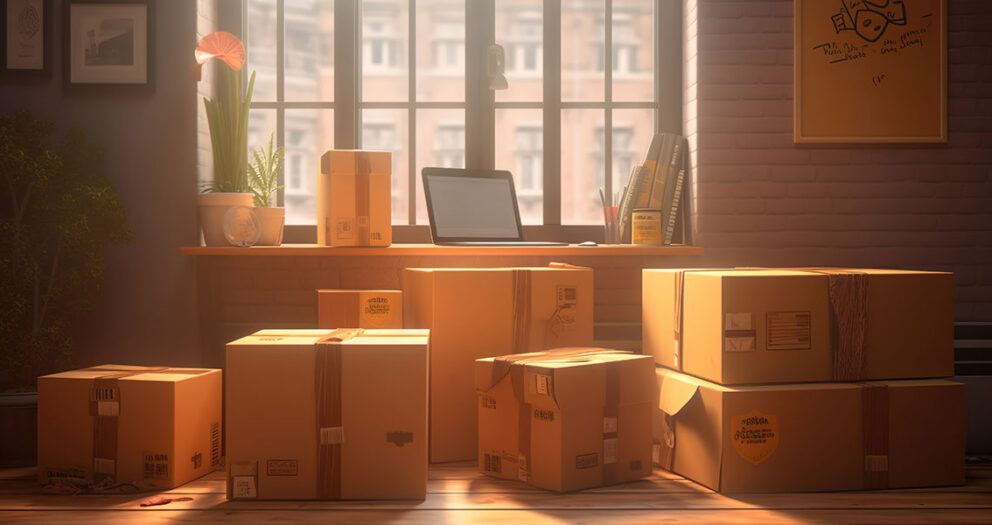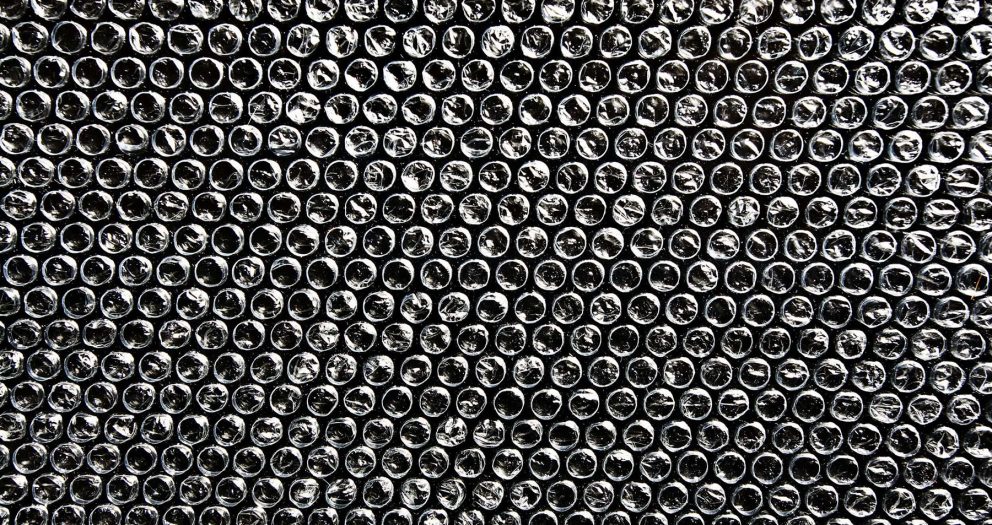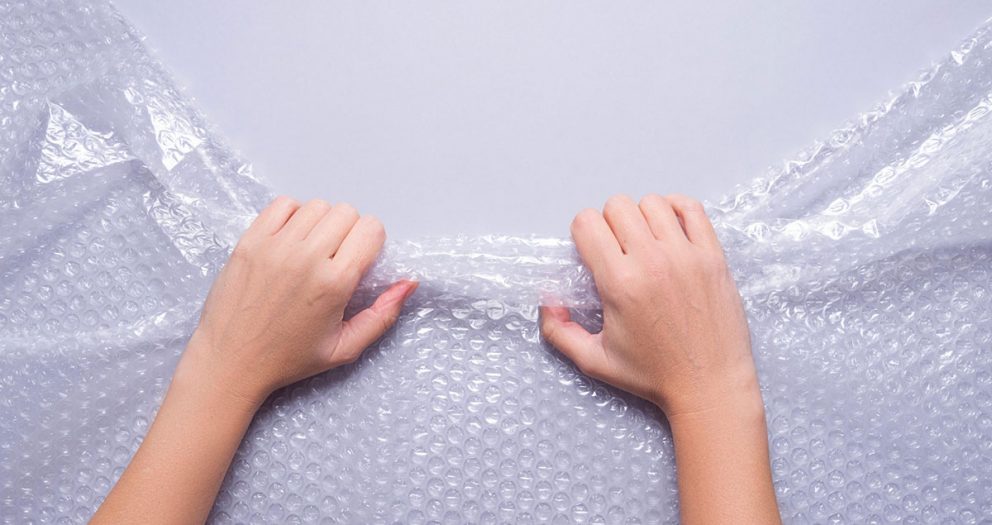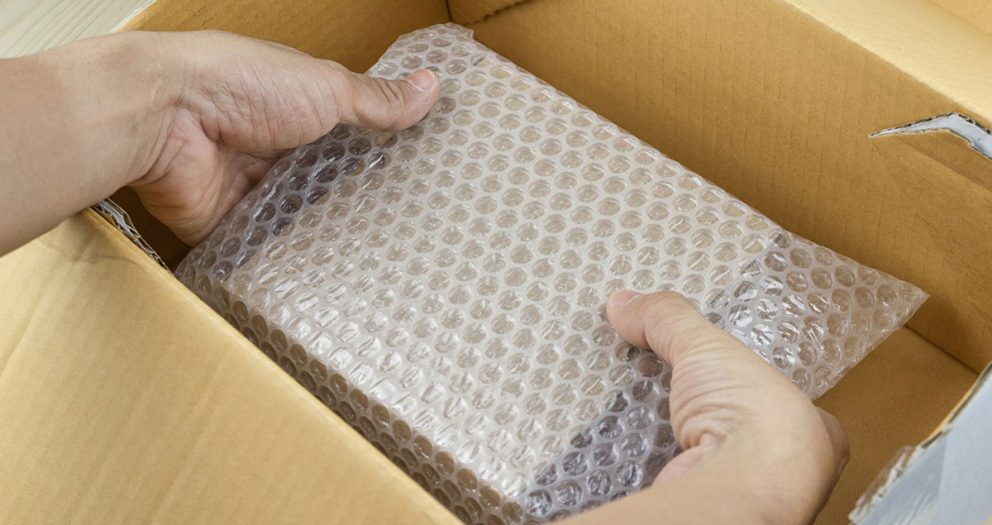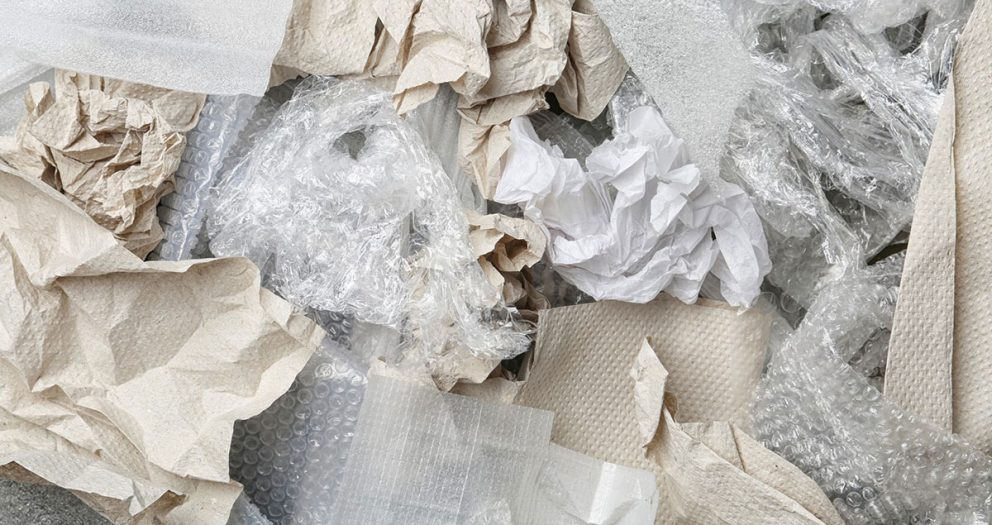Bubble wrap is a popular form of packing material that features sealed air pockets on a plastic sheet. These air bubbles absorb shock and impact to protect items from being damaged. This material was originally created as a new type of wallpaper, but eventually its inventors saw bubble wrap’s potential as a protective packaging material. Bubble wrap is made by melting down beads of polyethylene and turning them into sheets of plastic with pockets of air in between.
Stanley Packaging is a wholesale supplier of bubble wrap, foam wrap, packing tapes, boxes, poly mailers, void fill and more. Today OZPacking experts share the guide will help you choose the best size of bubble wrap to protect the items that you package and ship.
Selecting the proper bubble wrap for packaging needs guideline
First, a couple of comments on the way that bubble wrap is sized. Bubble wrap comes in four (4) standard sizes; 1/8″, 3/16″, 5/16″, and 1/2″. The size refers to the height of the bubble and not the diameter. 1/8″ is a less common size and it is called “super small” bubble. 3/16″ is called small, 5/16″ is medium, and 1/2″ is called large bubble. Common retail roll widths are 12″ and 24″ and the bubble wrap rolls are typically perforated every 12″.
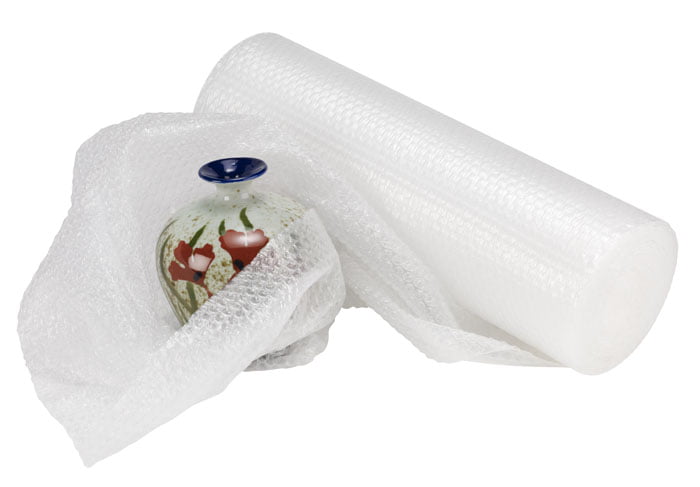
For less fragile, medium / larger items then medium bubble wrap is your best option. Again, wrap the bubble cap against the item for the most protection. For increased protection wrap the item with several layers of bubble and tape it into place. Always wrap the top of the bubbles against your item for the best protection. If you are packaging delicate, fragile items then wrap your items with super small or small 375mm*100m*10mm bubble wrap or put the item into a pouch made from small bubble.
Large bubble wrap is the most economical for filling up void space inside a box. It is more economical than peanuts and your customers will like it better too. Often the best protection is obtained by using more than one size of bubble wrap. For example, you may wrap a small, fragile item with small bubble wrap then fill the space inside the box with large bubble wrap.
Finally, please keep in mind that bubble wrap is not the best packaging material if your items requires scratch protection. If you require scratch protection then a lighter gage packaging foam will be your best option. For fragile items that also require scratch protection then a thicker packaging foam will provide both scratch protection and cushioning.

